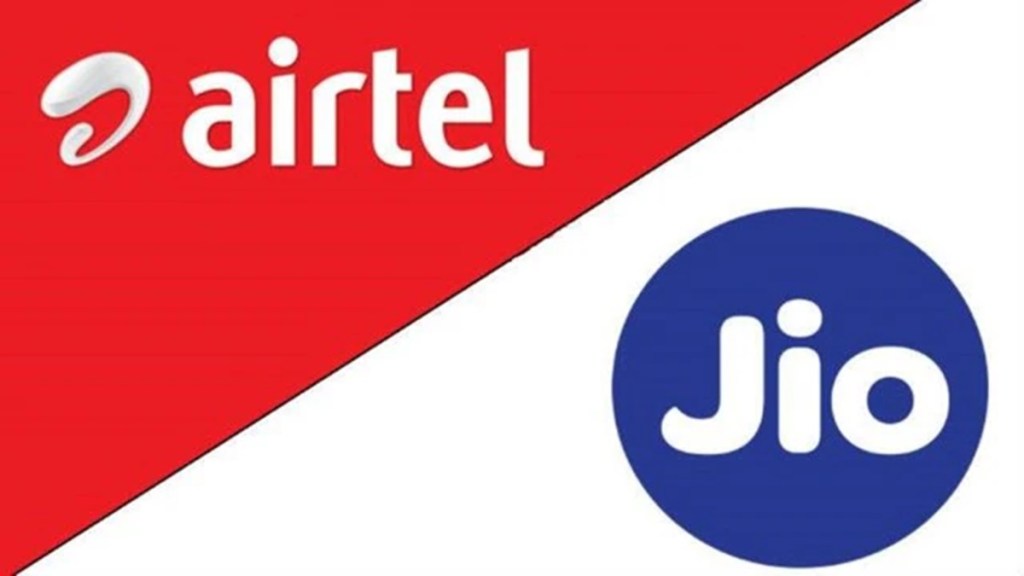Bharti Airtel and Jio Platforms, the two telecom and digital services providers, who have entered into an agreement with SpaceX to market Starlink’s satellite Internet services in the country, will be focusing on enterprise customers rather than retail.
The same has been made amply clear in the statements issued by both the companies. “The agreement with SpaceX is part of Jio’s commitment to ensuring that reliable Internet is fully accessible to all enterprises, small and medium businesses, and communities across India,” Jio Platforms said in its statement on Wednesday.
Similarly, Bharti Airtel, which announced its pact on Tuesday, said, “Airtel and SpaceX will explore offering Starlink equipment in Airtel’s retail stores, Starlink services via Airtel to business customers, opportunities to connect communities, schools, and health centres, among many others, in even the most rural parts of India”.
The focus on enterprises by both the firm, rather than retail customers, clearly brings out the fact that the pricing of satellite broadband services is much higher than terrestrial mobile networks and the two are not same in nature and will not compete. Rather the two are complementary in nature.
“The initial growth will have to come from enterprise solutions. Sectors like defence, hospitality and mining have ready use cases for satellite Internet,” Pareekh Jain, chief executive of EIIRTrend, a tech focussed information platform said.
Essentially, enterprises operating in terrains where terrestrial fibre access is not available will provide the catchment of enterprise customers for service providers.
While defence has pretty obvious use cases given the presence of the navy at high seas, or the army in areas with dense forest cover or in hilly areas, hotels and resorts in such areas also will be potential customers for enterprise satellite Internet.
Enterprise customers will also not be as price sensitive as non-business consumers, experts said since there are use cases which will help solve problems of connectivity which terrestrial telecom networks have not been able to do so far.
Things will be different on the consumer front however. The lack of a use case in areas where terrestrial networks are able to cater to data needs will mean that players will need to focus on areas where fiber penetration is low or absent.
“The need for satellite Internet is in areas that are fairly far flung which also do not show a propensity to spend on something like Internet. So, charging a premium may not be possible. At the same time, the cost of satellite receivers and other hardware components is not coming down any time soon,” a telecom executive said.
Starlink’s services are available starting at $75 per month in the US (approximately Rs 6,500 a month) which is at a huge premium to the average revenue per user (Arpu) for home broadband services in India at Rs 400-600 across service providers. Jain observed that while Starlink does have differential pricing depending on the local dynamics of each market, it remains to be seen just how much of a discount to its US pricing it can afford to offer for its satellite Internet services in India.
“Whether it is Starlink or any other player, B2C pricing will need to be aided by government subsidies. Otherwise it will be very difficult to have a sustainable business model,” another telecom executive said.
There is a silver lining though in this case, experts added. Since spectrum is a shared resource when it comes to satcom, there is little to no chance of a tariff war breaking out, experts said.
Pricing will also be determined by the availability of hardware components domestically, and the cost of sourcing them if they need to be imported. For example, Starlink has a proprietary design for the antennae required for installing satellite internet services on a premises. Other players in the Indian market may need to either develop their own design, or procure the same from Starlink.









